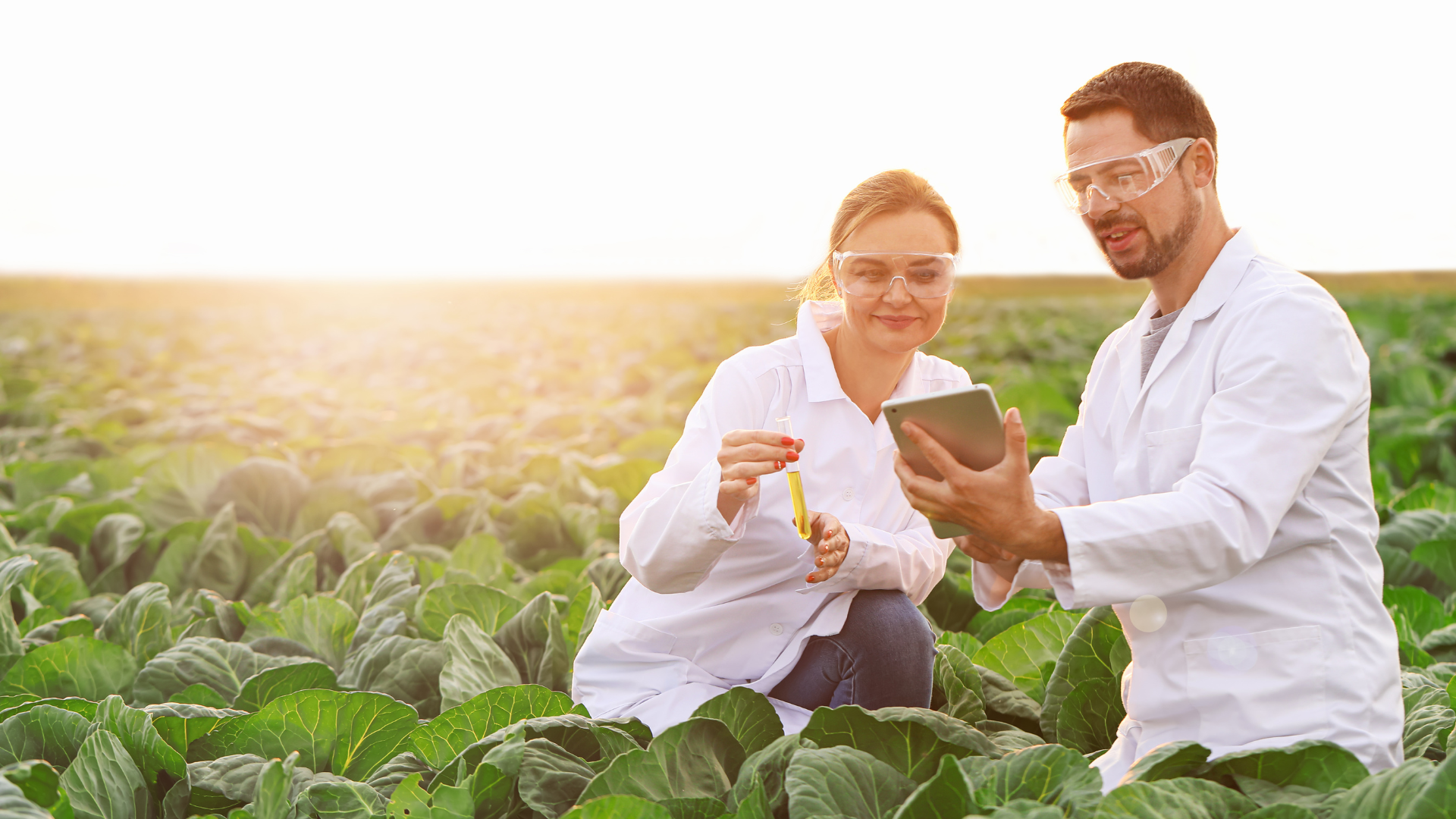How can the world leverage IoT to tackle agricultural emissions?

Agriculture carries great economic importance in many countries, yet it also profoundly contributes to climate change. According to the World Bank, agricultural activities account for 19-29% of total greenhouse gas (GHG) emissions. This alarming statistic highlights the industry's pressing need for sustainability.
Fortunately, several countries, including agricultural powerhouses like the U.S., China, and India, have already started implementing land-use changes and adopting advanced farm management techniques to reduce agriculture's enormous carbon footprint. Yet, while these measures are proving helpful in combating emissions, much more must be done
This is where the Internet of Things comes into play. IoT is uniquely positioned to .help in this regard, as it offers many innovative solutions to modernize and make the agricultural sector
With this in mind, let's explore the primary sources of carbon emissions in the agricultural sector and ways IoT can help tackle these emissions.
What are the primary sources of carbon emissions in the agricultural sector?
The agriculture industry generates a vast range of emissions, primarily from enteric fermentation, manure management, and soil cultivation. Other significant sources include:
- Deforestation.
- Burning crop residue.
- Powering farm facilities from non-renewable energy sources or the grid.
- Utilizing equipment and vehicles powered by fossil fuels.
Let's look at the top 3 primary sources of agricultural emissions today.
- Enteric Fermentation: This refers to the digestive process of ruminant livestock (cattle, sheep, and goats). As these animals break down feed in their digestive systems, they produce methane gas primarily released through belching. The amount of methane emitted depends on the number of animals, their digestive systems, and the type and quantity of food they consume.
- Manure Management: Something similar to enteric fermentation occurs when livestock produces manure. The decomposition of this material generates both methane and nitrous oxide. Methane can be generated in animal housing, during manure storage, or when applied as fertilizer. During grazing, small amounts of methane and nitrous oxide are also emitted from animal droppings.
- Soil Management: Soil cultivation can lead to the release of both carbon dioxide and nitrous oxide. Carbon dioxide is released when tillage exposes organic carbon to oxidation, while nitrous oxide emissions primarily result from fertilizers and manure.
Using IoT to tackle agricultural emissions
As a network of interconnected, internet-enabled devices, gadgets, and appliances, IoT offers numerous innovative solutions to make agriculture more sustainable. Here are some compelling ways IoT can help reduce agricultural emissions.
1. Smart greenhouses
Smart greenhouses have become commonplace in many countries thanks to IoT technology. This revolutionary approach to farming is helping to reduce emissions while increasing crop yield and quality.
A smart greenhouse leverages an array of sensors to collect valuable data from plants, air, soil, and water. This information is then processed to reveal insights into crop growth, soil health, and other essential factors. With this data, farmers can adjust their practices based on the needs of the plants and optimize their use of resources.
So what type of sensors are being used in smart greenhouse monitoring? Here are a few examples.
- Light sensors: Greenhouses rely heavily on light sensors as they are necessary for maintaining proper plant growth. By tracking the amount of exposure to sunlight, these devices can help ensure that the crops receive the right amount of luminosity while saving on energy.
- Temperature and humidity sensors: These are outfitted in greenhouses to collect temperature readings that can be used to identify hot spots of emissions or areas in need of better ventilation. They can also track water content in the soil, helping farmers ensure optimal moisture levels for crop growth.
- CO2 sensors: CO2 is one of the primary contributors to agricultural emissions, and monitoring levels of it within the greenhouse can help reduce the output. Recording CO2 levels throughout the soil preparation can help farmers identify improvement opportunities and implement more efficient measures.
In addition to providing a wealth of information, smart greenhouses ensure crops are grown in the ideal environment. This can reduce the need for chemical inputs and eliminate the need for intensive labor, resulting in fewer emissions.
By leveraging the power of IoT, farmers can monitor greenhouse conditions in real time and keep emissions at bay.
2. Agricultural robots
The world is rapidly moving towards automation in industrial processes, and agriculture is no exception. Autonomous robots are now common in many farming fields and greenhouses. These robots can be programmed to perform various tasks, including weeding, spraying pesticides, harvesting fruits and vegetables, and so much more. As a result, farmers can minimize their reliance on error-prone human labor and fuel-powered equipment.
Moreover, thanks to AI and machine learning integration, agricultural robots can identify issues like overgrown plants and weed infestations. Consequently, farmers can achieve greater efficiency and reduce their reliance on chemical inputs, resulting in fewer emissions.
3. Livestock monitoring
Livestock farming contributes around 62% of all agricultural emissions. Therefore, it is unsurprising that utilizing technology to improve livestock monitoring has become a top priority for many large-scale farmers.
IoT can help reduce the environmental impact of livestock farming in several ways. For starters, IoT-enabled collars and tags can monitor animal location, vitals, feed intake, and waste constituents over time. This data can be used to improve the health and well-being of animals and keep enteric fermentation at optimum levels.
Farmers can also leverage IoT to manage animal diets and feeding schedules and optimize manure and waste levels. And in large-scale farms, IoT can help track livestock numbers and regulate herd size to reduce overgrazing and methane output.




